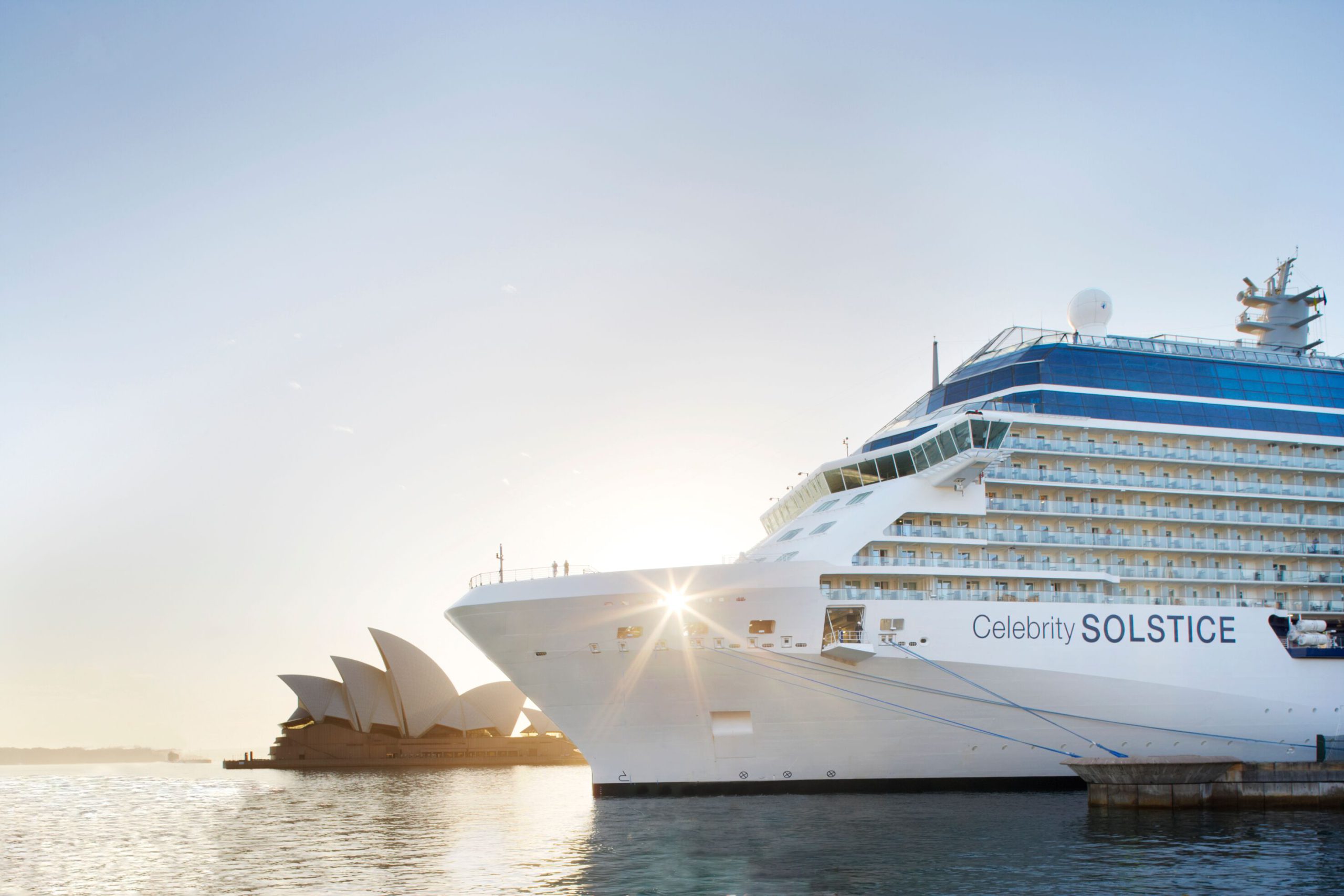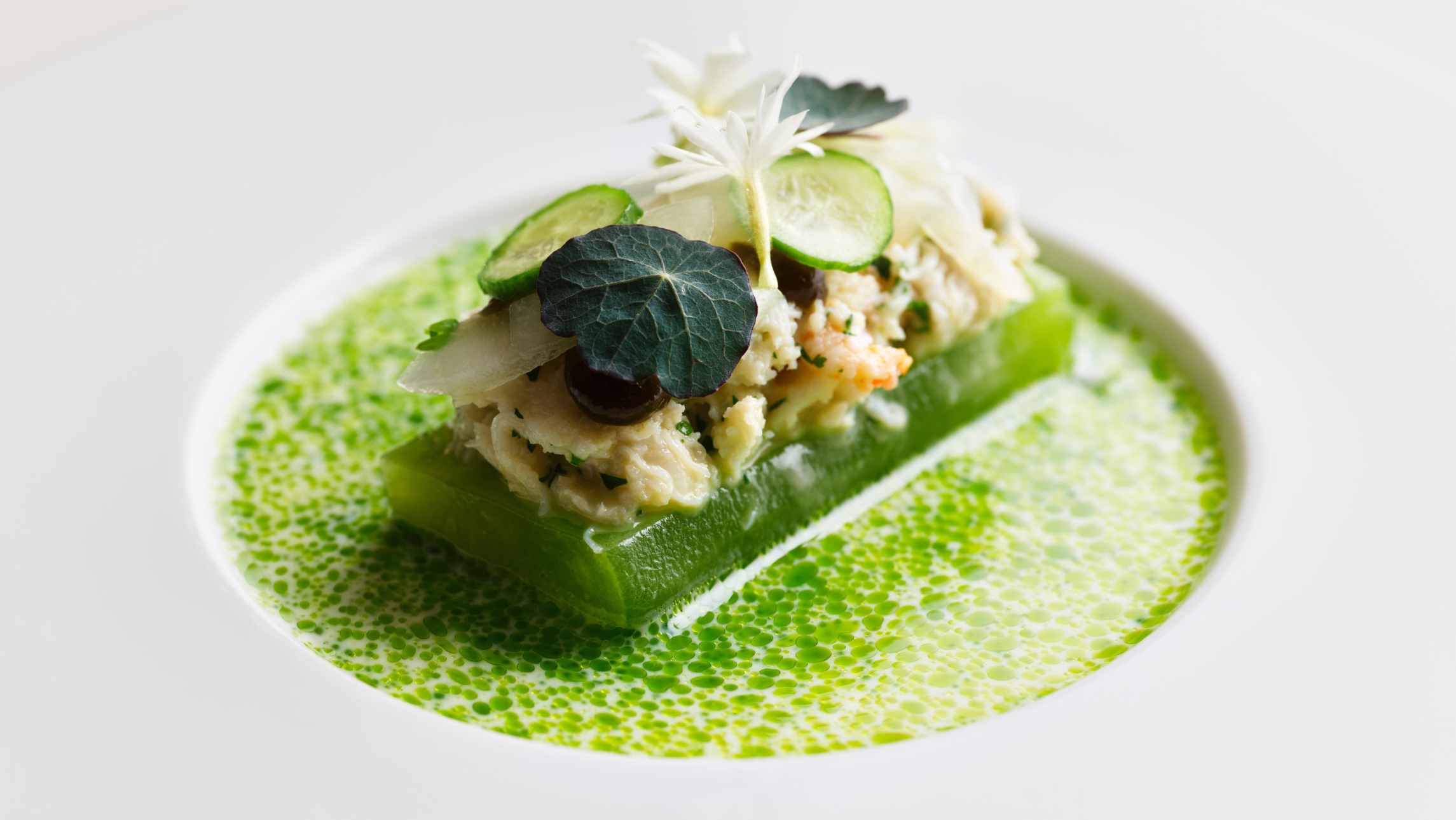One of the most isolated places on Earth, South Georgia offers unique opportunities to experience the sub-Antarctic and meet curious wild life.
We’re huddled on a rocky beach, sleet pounding our jackets like ball-bearings. We’re straining to hear the words of our guide, a humble dual Polar Medal winner.
“In my 50 years of research in this region, it’s the first time I’ve stood here,” says historian John Dudeney.
“When Ernest Shackleton landed the James Caird in this spot 100 years ago, the whole beach was littered with those massive creatures,” he says, pointing to a colony of bellowing, belching elephant seals crushed together in a wallow behind us.
Fur seal pups with huge brown eyes scamper around our feet dodging in and out of the tussac grass and a small band of king penguins waddle along to check us out. Visitors are a rarity in King Haakon Bay.
“It’s difficult to land here and most vessels only come to South Georgia for a couple of days en route to Antarctica,” says Mr Dudeney. This is one of the many luxuries of a cruise dedicated to exploring South Georgia: time.
Renowned as one of the wildest and most isolated islands on the planet, this speck of pristine ruggedness in the sub-Antarctic waters of the Southern Atlantic may not be on everyone’s radar. But for those who venture to South Georgia, it’s a voyage for the soul.
A couple of days earlier, our 14-night South Georgia in Depth voyage with One Ocean Expeditions started (as it will end) with a 90-minute flight from Punta Arenas, Chile to Stanley, Falkland Islands to rendezvous with the 92-berth Akademik Sergey Vavilov (One Ocean Voyager). Revered among expedition vessels as stable, silent and in “Bristol condition”, Vavilov is a beauty. Built (and still used) as polar regions, the ship also bats well above average in the comfort stakes. My twin ensuite cabin is cosy and inviting with a desk, large opening window, loads of storage, fluffy bathrobes and quality toiletries. The Shackleton suites have a separate lounge area and the One Ocean suite overlooks the bow and has the luxury of a bathtub.
We lucked in with a calm(ish) following sea for the 700-plus nautical mile sail to South Georgia. Although not technically Drake’s Passage, the Scotia Sea can easily whip into a “Drake shake” (nature saves that for the sail back). Time at sea passes quickly with presentations from leading scientists and hanging out in the lounge marvelling at albatross gliding beside the picture windows.
With an itinerary guided by the weather, flexibility is key. Conditions change faster than a chameleon. Safety always comes first. “If we can’t get ashore, we’ll reposition and try a different spot,” says Boris Wise, the forever smiling and optimistic expedition leader. Ages range from 13 to 82 and nationalities include Thai, American, Canadian, British, Mexican, Chinese and Australian, but we all understand. Landing anywhere on South Georgia is something to treasure.
The day we head to St Andrew’s Bay couldn’t be better. Under clear skies and calm seas, our guide expertly surfs the Zodiac into the wide shore lined with king penguins. The golden bibs and ear muffs of the kings look almost iridescent and their silvery backs glisten in the light. Majestic, comical, loyal, the world’s second largest penguin has it all. They’re also the loudest.
With a soundtrack of humming, whistling and the odd elephant seal belch and fur seal pup howl, we hike two kilometres from the beach over the rolling green hills framed with snow capped mountains to the main king penguin colony. As I clamber up the last hill, nature’s orchestra reaches a crescendo and the distinctive woofy whiff of penguin poop fills the air. Reaching the top there are no words. I’m too overwhelmed to even lift my camera. Half a million penguins standing shoulder to shoulder, beak to beak. Ribbons of brown wind through the sea of black and white; king penguin chicks – brown, fluffy and super cute squawking impatiently for their dinner. The world’s largest nursery.
Over the next few days we see more colonies of king penguins in the hundreds of thousands at Fortuna Bay (in snow), the magnificent Gold Harbour and the famed Salisbury Plain.
We spot small colonies of other sub-Antarctic penguins, too – gentoo, macaroni and chinstrap (plus a bonus viewing of rockhoppers in the Falkland Islands).
In addition to King Haakon Bay, we visit other Shackleton(esque) sites including Stromness, the former whaling station Ernest Shackleton and two of his men stumbled into after trekking across the mountain range to raise the alarm and mount the rescue of his crew stuck back on Elephant Island some 900 nautical miles away. One day we even clink plastic cups and sprinkle whisky over Shackleton’s grave in Grytviken where he died (of a heart attack) on another expedition five years after the rescue.
Between landings there’s time to catch a breath, enjoy the yoga and massage program, soak in the hot tub, relax with a book in the library or head to the bridge to watch whales spouting and tail slapping.
We dine on how-on-earth-do-the-galley-team-do-it type meals three times a day in the unreserved seating dining room around tables of four, six or eight. Hearty breakfasts are served buffet style with table service for lunches and dinners (plus a help yourself salad bar). Each meal offers a meat, fish or vegetarian option – dishes like rack of lamb with smashed potatoes and sautéed baby carrots, baked red snapper with champagne butter sauce and baked zucchini or vegetarian lasagne. With an Argentinian head chef (and pastry chef), desserts are hard to resist and scrummy afternoon teas are served in the lounge each day. The wine list (alcohol is an extra cost), is extensive and sourced from France, Italy, Spain, Portugal, Argentina, Australasia and USA. One evening before dinner we enjoy “Vaviculture on the Winelov” ($15), a guided wine tasting through three whites and three reds with cheeses to match.
Nights are spent in good old-fashioned form – “fire-side” chats with topics such as “marine superstitions”, and “the subadult male syndrome”, playing made-up games that have us collapsing with laughter or reflecting on moments ashore that will be etched into our memories.
In the words of program coordinator extraordinaire, Eva Westerholm, “Once people have experienced South Georgia you can see it in their eyes.”
It’s true. It’s a life changer.
The Verdict
Highs: Off-the-scale wildlife encounters in small groups with expert expedition leaders and scientists. Super stable vessel, minimising chance of seasickness if the sea is rough. An open-bridge policy.
Lows: None unless you’re not into expedition-style cruising in remote places.
Best suited to: Adventurers looking for a completely different type of experience. A level of agility is required to get on and off the Zodiacs.
The writer travelled as a guest of One Ocean Expeditions.








